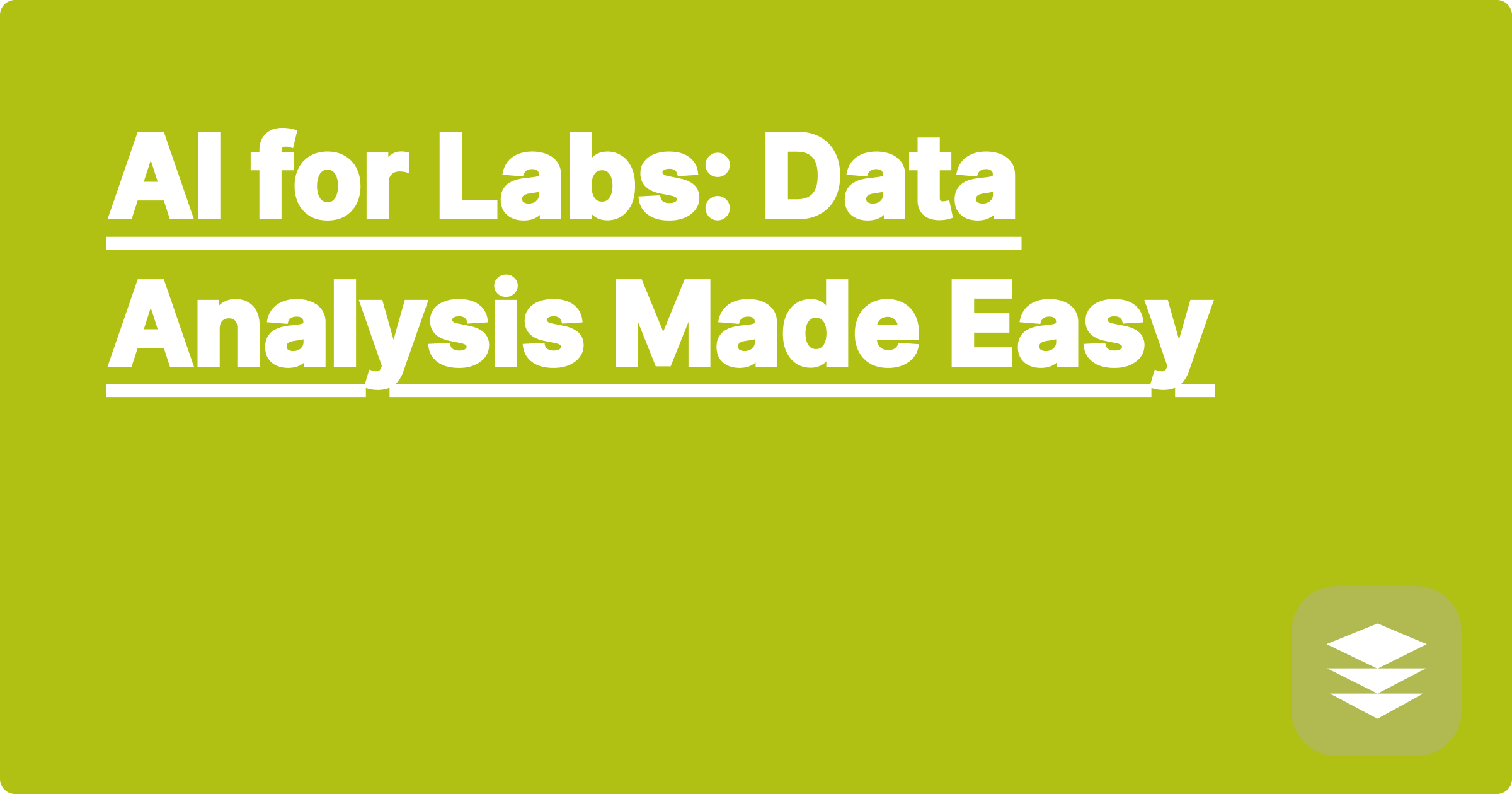
The demanding world of STEM education and research often leaves students feeling overwhelmed. Balancing complex coursework, rigorous research projects, and the pressure to achieve high GPAs can be a constant struggle. Many students find themselves drowning in data, spending countless hours on tedious tasks like data analysis, literature reviews, and report writing. What if there was a smarter way to navigate these challenges? Artificial intelligence (AI) is rapidly transforming the landscape of STEM fields, offering powerful tools that can streamline workflows, enhance understanding, and ultimately boost academic performance.
For STEM students and researchers, AI isn't just a futuristic concept; it's a practical solution to present-day problems. From automating repetitive tasks to providing personalized learning experiences, AI can empower you to take control of your academic journey and achieve your full potential. This blog post explores how you can leverage AI-powered tools like GPAI (a hypothetical personalized AI learning platform), ChatGPT, Claude, and Wolfram Alpha to enhance your data analysis capabilities, optimize your study habits, and ultimately achieve greater academic success. We'll delve into specific examples across various STEM disciplines, offering practical strategies and real-world success stories to inspire you.
STEM fields are inherently data-driven. Experiments generate vast amounts of raw data that need to be processed, analyzed, and interpreted. Traditional data analysis methods can be time-consuming and require specialized expertise. Students often grapple with complex statistical software, coding languages, and the intricacies of experimental design. The sheer volume of data can be overwhelming, making it difficult to identify meaningful patterns and draw accurate conclusions. Furthermore, keeping up with the ever-expanding body of scientific literature is a significant challenge. Sifting through countless research papers to find relevant information can consume valuable time that could be spent on actual research.
AI offers a transformative approach to data analysis in STEM. Tools like ChatGPT and Claude can assist with literature reviews by summarizing key findings from research papers and identifying relevant articles based on your specific research questions. Wolfram Alpha can perform complex calculations, generate visualizations, and even provide step-by-step solutions to mathematical problems. Hypothetical platforms like GPAI can offer personalized learning plans tailored to your specific strengths and weaknesses, recommend relevant study materials, and even predict your performance on upcoming exams. By integrating these AI tools into your workflow, you can significantly reduce the time spent on tedious tasks and focus on higher-level thinking and problem-solving.
Imagine you're a chemistry student analyzing data from a titration experiment. Instead of manually calculating concentrations and plotting graphs, you can use Wolfram Alpha to process the raw data and generate interactive visualizations. You can then use ChatGPT to interpret the results and generate a concise summary of your findings. If you’re struggling with a specific concept, GPAI can provide targeted tutorials and practice problems to reinforce your understanding. For research projects, Claude can help you navigate the vast scientific literature by summarizing key findings from relevant papers and identifying potential gaps in existing research. By combining these tools, you can streamline your workflow and gain deeper insights from your data.
A physics student could use AI-powered simulation tools to model complex physical phenomena, such as projectile motion or fluid dynamics, without needing to write complex code. A biology student could leverage AI-driven image recognition software to analyze microscopic images of cells and identify specific cellular structures. A mathematics student could use Wolfram Alpha to verify complex calculations, explore different solution approaches, and even generate proofs for mathematical theorems. These are just a few examples of how AI can be applied across various STEM disciplines to enhance learning and research.
To maximize the benefits of AI in your STEM studies, it's essential to develop a strategic approach. First, identify your specific needs and challenges. Are you struggling with data analysis, time management, or literature reviews? Once you've pinpointed your areas of weakness, explore the various AI tools available and choose those that best address your needs. Experiment with different tools and find what works best for you. Don’t be afraid to ask for help and seek guidance from professors, mentors, or fellow students. Remember that AI is a tool, and its effectiveness depends on how you use it.
Beyond the technical aspects, effective time management is crucial for academic success. AI-powered tools can help you create personalized study schedules, track your progress, and optimize your time allocation. Consider integrating time management techniques like the Pomodoro method with AI-powered scheduling apps to maximize your productivity. Don't forget the importance of mental well-being. AI-driven mindfulness apps can help you manage stress and maintain a healthy work-life balance.
Imagine a student named Sarah, struggling with her organic chemistry course. She started using GPAI, which analyzed her performance on practice quizzes and identified her weaknesses in reaction mechanisms. GPAI then created a personalized study plan focusing on these areas, recommending specific tutorials and practice problems. Sarah also used ChatGPT to summarize complex concepts and generate flashcards for review. By consistently using these tools, Sarah significantly improved her understanding of the subject and ultimately achieved an A in the course. This example highlights the transformative potential of AI in STEM education.
Finally, remember that AI is constantly evolving. Stay updated on the latest advancements and explore new tools as they emerge. Embrace the power of AI to enhance your learning, streamline your research, and unlock your full potential in the exciting world of STEM. Start by identifying one area where you could benefit from AI assistance, whether it's data analysis, literature reviews, or time management. Explore the available tools and experiment with different approaches. Don’t be afraid to seek guidance and share your experiences with others. The future of STEM is powered by AI, and by embracing these tools, you can position yourself for success in this dynamic and ever-evolving field.